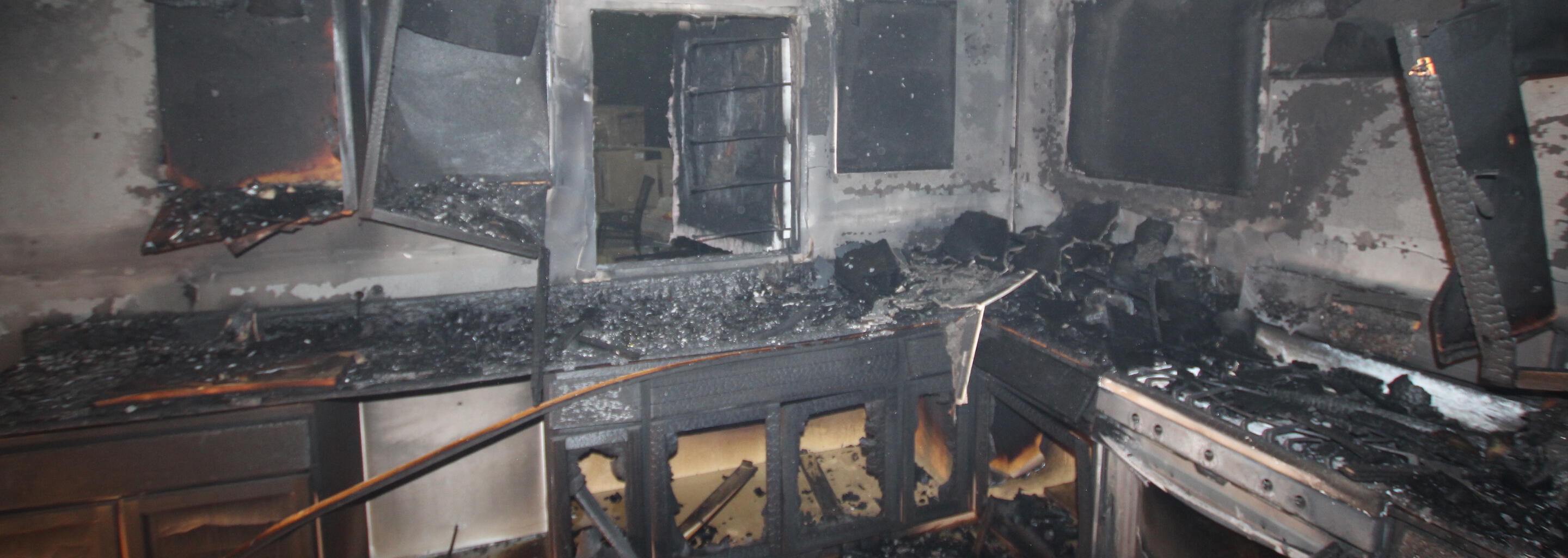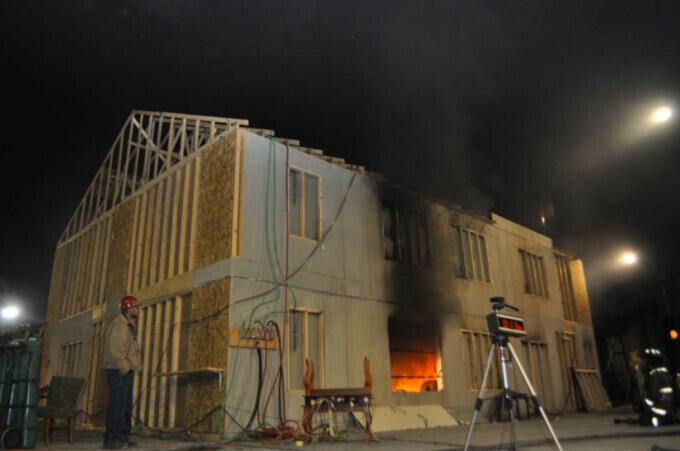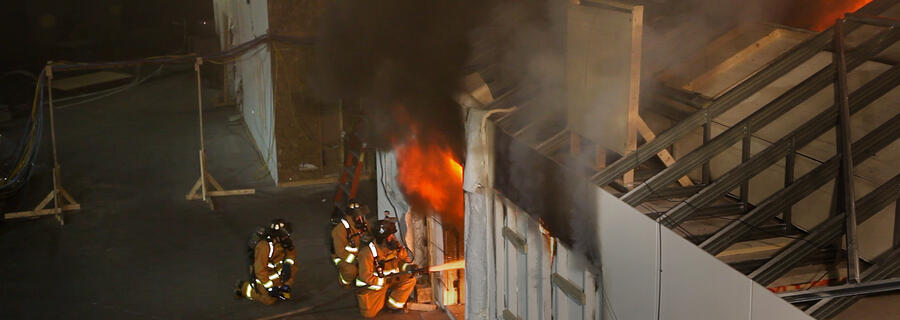Knowledge of fire dynamics is critical for fire investigators to properly identify a fire’s origin. Fire dynamics depend on the relationship of the fuel, heat, and ventilation during a fire event. A ventilation change as simple as a door left open by an occupant fleeing the fire, a window open remote from the fire, or a window that fails as a result of fire growth could greatly impact the fire damage inside the structure. UL Firefighter Safety Research Institutes’s (FSRI) fire investigation project completed scientific research into how ventilation impacted fire patterns and electrical system damage in single-family homes. Click on the links to read the two reports generated from this research or the button to explore the fire investigation data portal.
The project had four key objectives:
- Improve investigators’ understanding of fire patterns by increasing knowledge of fire behavior and the impact of ventilation on different fire scenarios
- Develop knowledge of fire patterns within full-size modern residential homes, incorporating an open floor plan and two-story great room
- Identify and disseminate standard best practices for the use of fire damage and patterns resulting from ventilation during fire based on science
- Conduct fire modeling based on a series of full-scale fire experiments to further the linkage between modeling, fire ventilation and fire patterns
Full-scale testing was performed in representative models of modern single-family homes that incorporated modern construction practices. Here’s why: over the past 30 years, home construction materials, contents, size and geometry have changed drastically—and consequently, so has fire behavior. Today’s fires, thriving as they do on predominantly synthetic materials, tend to become ventilation-limited. How and where a fire receives oxygen greatly impacts the fire dynamics and subsequent fire patterns.




